Many gardeners choose annuals for their quick color, but balancing your plantings with perennials and biennials for a garden that evolves and matures over time is important. Learn the difference between annual, biennial, and perennial plants, and discover how to incorporate each type into your landscape.
What Are Annual Plants?
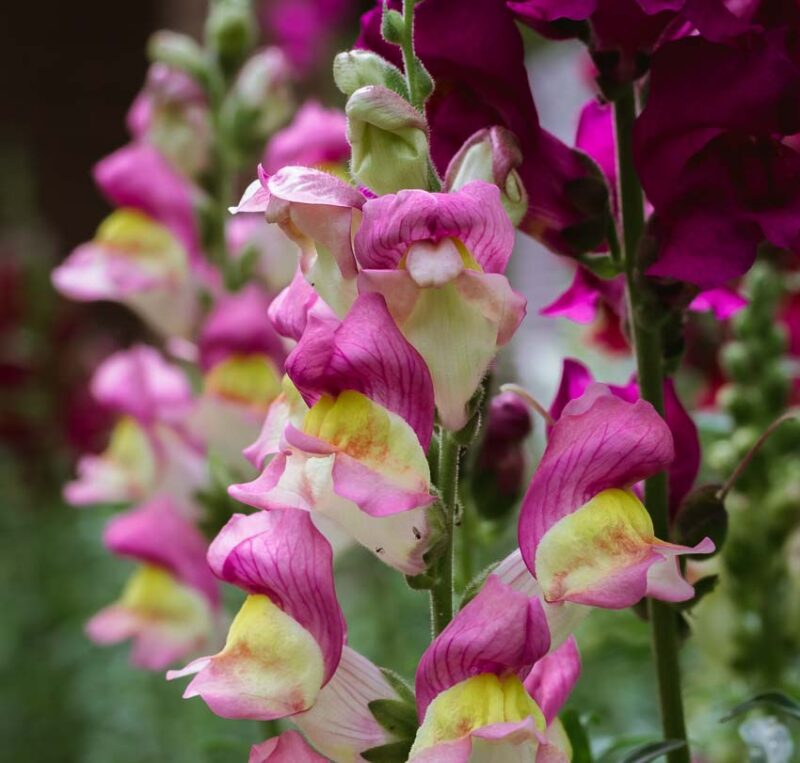
Flowers, herbs, and vegetables that only live for one growing season are classified as annual plants. They can be tender or frost-hardy, but their lifespan is limited to one year.
Definition and Characteristics
Annual flowers are well-known for their showy blooms. Since they only have one year to live, they prioritize making flowers and producing seeds, which is the only way they propagate.
Many annuals are susceptible to frost and will die when temperatures dip below freezing in the fall. Others are cold-hardy and can survive temperatures down to 20 degrees F (7 degrees C).
Plant nurseries sell many types of annual flowers and vegetables each year. Depending on your growing zone, some are marketed as annuals but are actually perennials grown as annuals. Tomatoes are a good example because they’re not frost-hardy in most areas.
Examples of Annual Plants
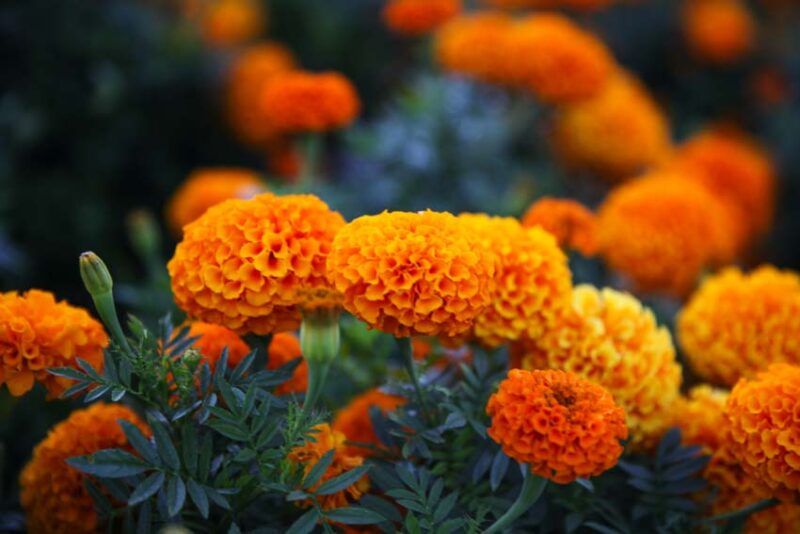
Annual plants are some of the most common flowers and vegetables, so many of these will be familiar to you:
- Beans
- Corn
- Marigold
- Nasturtium
- Peas
- Ryegrass
- Squash
- Sunflower
- Wheat
- Zinnia
What Are Biennial Plants?
Biennials are plants that live for two years. Biennials produce leaves and store nutrients the first year, then bloom the second year.
Definition and Characteristics
Like annuals, the main propagation method for biennials is seeds. They’re not usually propagated from divisions or cuttings.
Many of the most beautiful flowers in the garden are biennials, such as foxgloves and hollyhocks. Carrots are another common biennial, so if you want to save carrot seeds, leave a few in the ground for next year.
Examples of Biennial Plants
Some of the most magical flowers are biennials. Here’s a list of common biennial plants:
- Canterbury bells
- Carrot
- Foxglove
- Hollyhocks
- Honesty
- Mullein
- Onions
- Parsley
- Stock
- Sweet William
What Are Perennial Plants?
Perennial plants are flowers, herbs, and semi-woody plants that grow for three or more years. Many of them live for several decades.
Definition and Characteristics
Perennials are herbaceous, semi-woody, or woody plants that live three or more years. Technically, trees and shrubs are woody perennials, but they’re often referred to separately.
Perennials come in all different heights, from several feet tall to ground covers no higher than an inch.
Examples of Perennial Plants

Here are some of the most popular perennial plants:
- Black-eyed Susan
- Catnip
- Coreopsis
- Daylily
- Dianthus
- Hosta
- Lavender
- Ornamental grass
- Russian sage
- Sedum
- Shasta daisy
What’s the Difference Between Annual, Perennial, and Biennial Plants?
There are important differences in the growth patterns and seasonal behavior of annuals, perennials, and biennials. Every successful gardener needs to know the following basic information.
Lifespan and Growth Patterns
Annuals complete their life cycle in one growing season, so they grow and flower quickly and abundantly.
Biennials live two years, focusing on leaf and root development in their first year. In the second year, they put all their energy into making flowers and seeds.
Perennials can live from three years to hundreds of years. Some produce showy flowers and some are mostly foliage.
Reproduction and Seed Production
Most perennials can be propagated from seed, but growing them from divisions, tubers, or cuttings is much faster and easier. With annuals and biennials, the main propagation method is growing them from seed.
Benefits of Annual, Perennial, and Biennial Plant Types
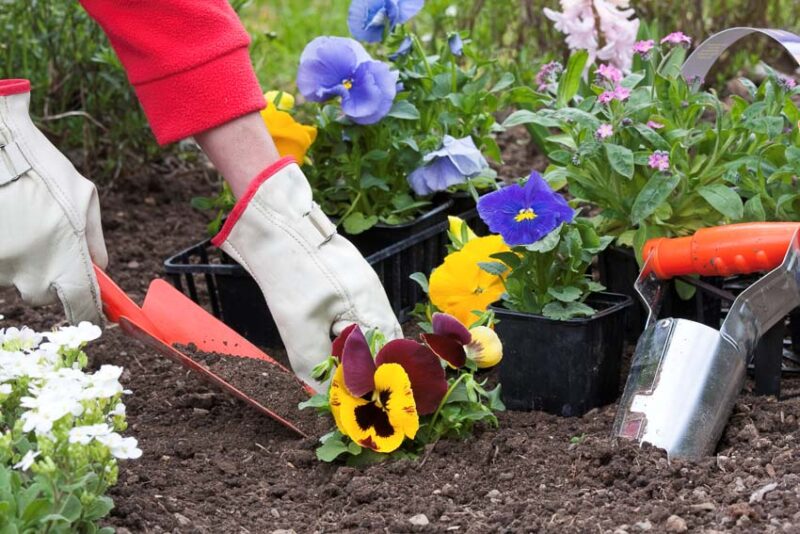
Many gardeners like to grow annuals because of their showy displays of abundant color, but there are benefits to growing each type of plant.
Advantages of Annual Plants
Annuals are the best choice for quick, vibrant colors in flower beds and containers. They are used in companion planting and are easy to grow from seed.
Explore a variety of pots and containers for your plants and flowers!
Advantages of Biennial Plants
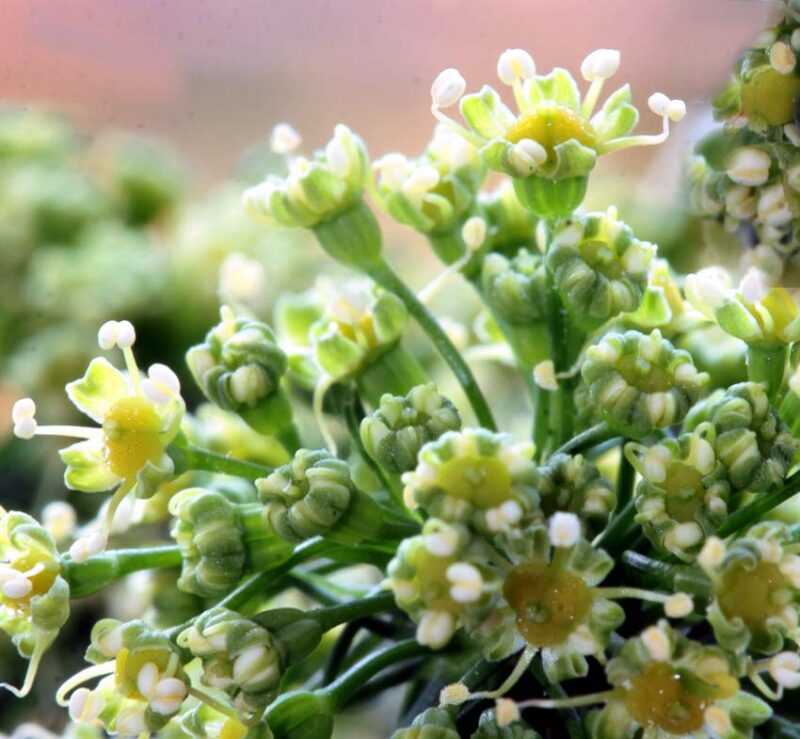
Biennials provide an element of surprise and anticipation in your garden. It seems like nothing is happening in the first year, but the second year is an incredible display of beauty.
Advantages of Perennial Plants
Perennials are good for adding structure to your flower beds. They are long-lived, so they’re more cost-effective than annuals and biennials. They are often easier to care for.
Tips for Choosing Which to Plant in Your Garden
Use these tips to help you choose which plants to use in your garden.
Assessing Your Garden’s Needs
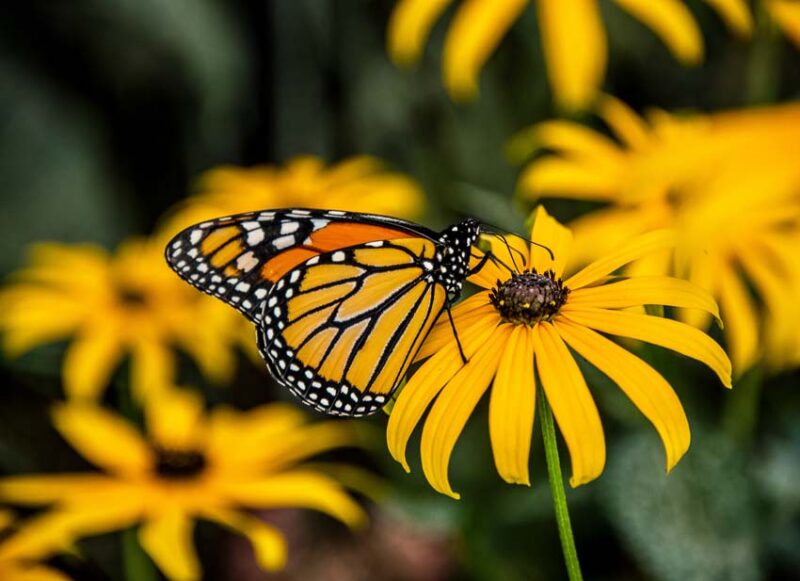
Start by assessing what your garden needs. Is it sunny or shady? What kind of theme do you want? Are you trying to attract wildlife or beneficial pollinators?
Designing Your Garden
After you decide what your garden needs, design it using a combination of annuals, biennials, and perennials. Choose plants that are right for your growing zone and space.
Maintenance Considerations
Plant species with similar needs close together to make it easier to water and care for them. Allow them plenty of room to grow and bloom.
FAQs: Difference Between Annual, Biennial, and Perennial Plants
What does “annual” mean in plants and flowers?
An annual plant or flower means that it only lives one year. They are planted in the spring and only live one growing season.
How do biennial plants differ from perennials?
Biennials live for two years, blooming their second year. Perennials live for three or more years and can bloom their first year if planted early in the growing season.
Can you provide examples of annual, biennial, and perennial plants?
Here are some examples of common annual, biennial, and perennial plants:
- Annuals–marigolds, petunias, basil
- Biennials–foxgloves, hollyhocks, carrots
- Perennials–oregano, iris, asparagus
Does “perennial” mean these plants come back every year?
In plant terminology, perennial means that plants come back every year. Many perennials are long-lived, and some only live a few years. To qualify as a perennial, they must live three or more years.
What are the key differences between annual, perennial, and biennial plants in gardening?
The key difference between annual, perennial, and biennial plants is how long they live. Annual plants live one year, biennials live two years, and perennials live three or more years.



